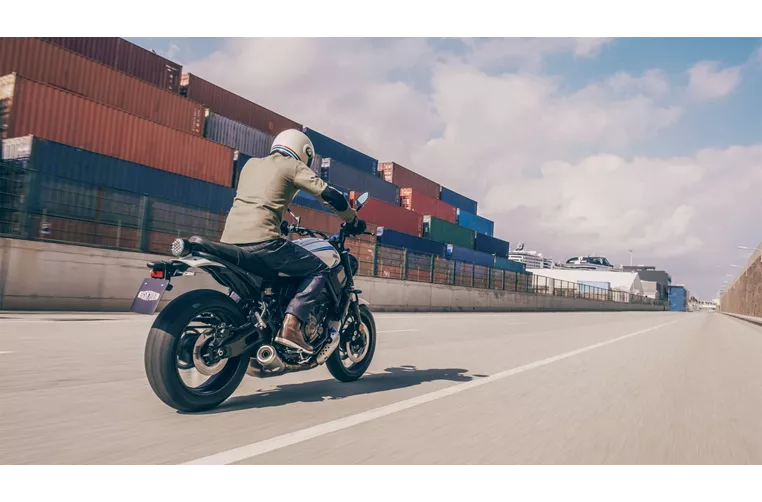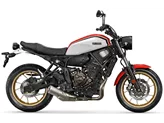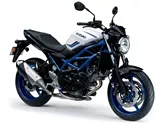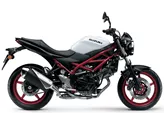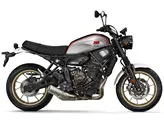Yamaha XSR700 2022 vs. Suzuki SV 650 2017

Yamaha XSR700 2022

Suzuki SV 650 2017
Overview - Yamaha XSR700 2022 vs Suzuki SV 650 2017
The Yamaha XSR700 2022 and the Suzuki SV 650 2017 are both naked bikes with similar engine types, fuel systems, and cooling mechanisms. However, there are several notable differences between the two models.
In terms of engine power, the Yamaha XSR700 2022 has a slightly lower horsepower rating of 73.4 HP compared to the Suzuki SV 650 2017's 76 HP. However, the Yamaha XSR700 2022 has a higher torque rating of 67 Nm compared to the Suzuki SV 650 2017's 64 Nm. This means that the Yamaha XSR700 2022 may have better acceleration and pulling power, while the Suzuki SV 650 2017 may have a slightly higher top speed.
Both bikes feature a telescopic fork front suspension and a swing arm rear suspension with a monoshock absorber. This setup provides a comfortable and stable ride for both models. The chassis for both bikes is made of steel, ensuring durability and strength.
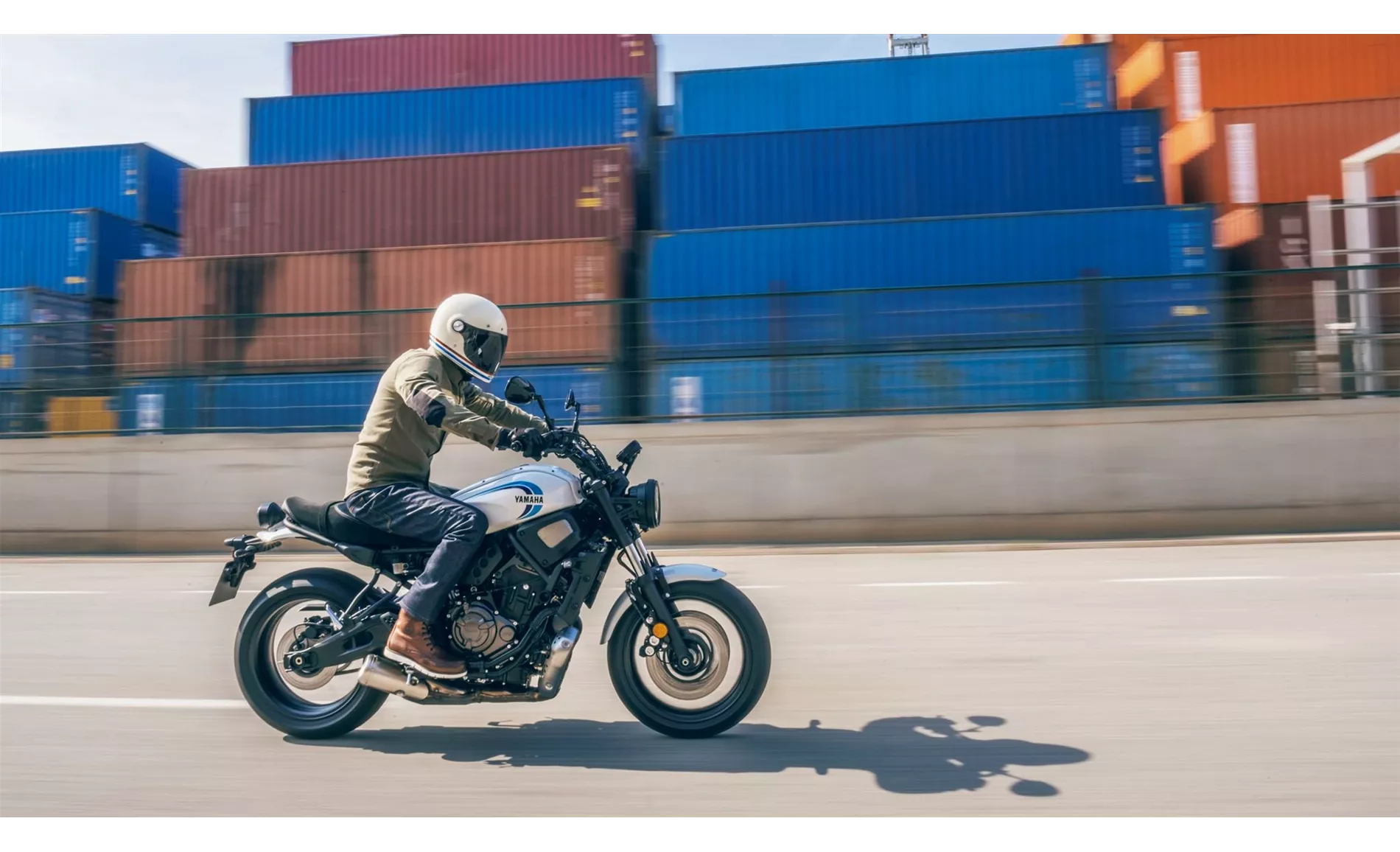
Yamaha XSR700 2022
In terms of braking, the Yamaha XSR700 2022 has double disk brakes with a diameter of 298 mm and four pistons, while the Suzuki SV 650 2017 has double disk brakes with a slightly smaller diameter of 290 mm and double pistons. This suggests that the Yamaha XSR700 2022 may have slightly better braking performance and stopping power.
Both bikes are equipped with ABS, which is an advanced rider assistance system that helps prevent wheel lock-up during braking, enhancing safety on the road.
In terms of dimensions and weights, the Yamaha XSR700 2022 has a slightly shorter wheelbase of 1405 mm compared to the Suzuki SV 650 2017's 1445 mm. The seat height of the Yamaha XSR700 2022 is also slightly higher at 835 mm compared to the Suzuki SV 650 2017's 785 mm. The Yamaha XSR700 2022 is slightly lighter with a kerb weight of 188 kg compared to the Suzuki SV 650 2017's 197 kg. Both bikes have similar fuel tank capacities, with the Yamaha XSR700 2022 having a slightly larger capacity of 14 l compared to the Suzuki SV 650 2017's 13.8 l.

Suzuki SV 650 2017
In terms of strengths, the Yamaha XSR700 2022 is praised for its successful design, proven CP2 engine, comfortable seating position, and versatility for various road conditions. The Suzuki SV 650 2017 is commended for its smooth engine, playful handling, and great chassis.
However, the Yamaha XSR700 2022 has some weaknesses, including a difficult-to-read display, a relatively soft chassis, and limited lean angle clearance. On the other hand, the Suzuki SV 650 2017 is criticized for its weak brakes.
Overall, both the Yamaha XSR700 2022 and the Suzuki SV 650 2017 have their own strengths and weaknesses. The choice between the two models would depend on the rider's preferences and priorities, such as design, engine performance, handling, and braking capabilities.
Technical Specifications Yamaha XSR700 2022 compared to Suzuki SV 650 2017
Pros and Cons in comparison
Pros and Cons in comparison
Yamaha XSR700 2022

Can do everything but nothing well? A clear NO! The lively and agile retro bike with a sufficiently powerful engine can be a good all-rounder, which also looks good and tempts you to heat up the curves. Overall, the bike is fantastically manageable and sporty for me, even as a woman. The engine works better than expected and the seating position is more than comfortable. However, there is still room for improvement in terms of lean angle. I think that many people will continue to choose this bike because you simply can't go far wrong.
Suzuki SV 650 2017

The Suzuki SV 650 is accompanied by a long history of success that is sure to continue for a long time. Its supple V2 impresses with very smooth response and plenty of torque. Compact dimensions help to make the motorbike look very compact. This will be very convenient for beginners. The chassis also scores with playful handling. Unfortunately, the braking effect is not at the level one would expect from such a powerful vehicle.
Price Comparison Avarage Market Price Yamaha XSR700 vs Suzuki SV 650
There are a few key differences between a Yamaha XSR700 2022 and a Suzuki SV 650 2017. In terms of price, the actual average price of a Yamaha XSR700 2022 is about 32% higher. Compared to Suzuki SV 650 2017 there are more Yamaha XSR700 2022 bikes available on the 1000PS.de Marketplace, specifically 92 compared to 6. It takes less time to sell a Suzuki SV 650 with 112 days compared to 146 days for the Yamaha XSR700. Since model year 2015 1000PS.de editors have written 26 reviews for the Yamaha XSR700 and 25 reviews for the Suzuki SV 650 since model year 2005. The first review for the Yamaha XSR700 was published on 7/22/2015 and now has more than 13,700 views. This compares to more than 14,200 views for the first review on Suzuki SV 650 published on 9/26/2008.
